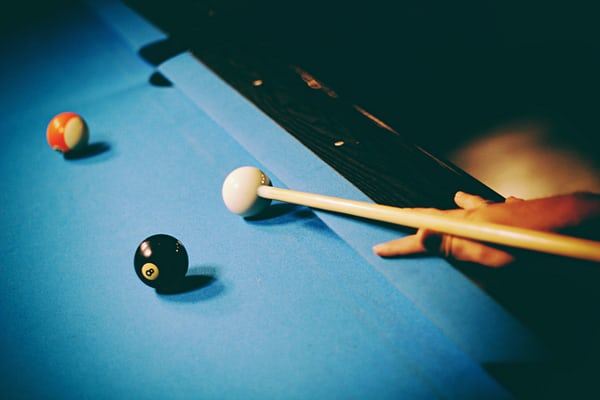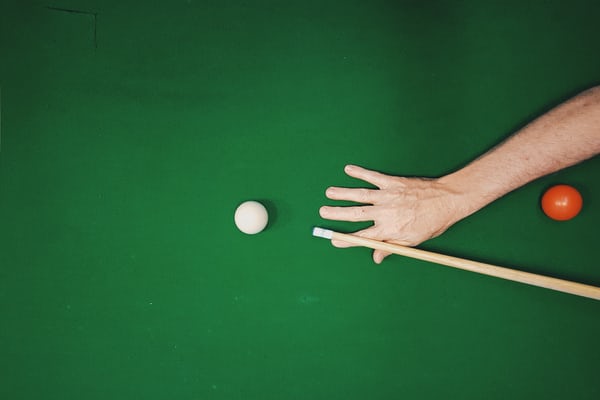Before you begin playing a game of pool, you must chalk your cue stick properly. Considering Why do you chalk a pool cue? If there is no chalk on the table, the cue stick will be unable to impart spin to the ball. When playing with chalk, the cue stick can pick up little pieces of chalk, which allows the player to get a better grip on the cue stick. When the cue stick is in motion, if your grip on the stick is not strong enough, the stick’s motion will cause it to slip out of your grasp.

What does chalking the pool cue do?
The advantage of chalking your cue stick is that it increases your chances of hitting the cue ball on the cue ball, which is important when you first start playing because the cue ball may be a little slick when you first start. Placing chalk on your cue stick is the final step in preparing for a variety of different pool tournaments. Cue Chalk will prevent your cue trips from becoming worn down and keep your grip smooth and consistent throughout the game. In a matter of minutes, you’ll be ready to play after applying the chalk just before each shot.
Even if the chalk on the table cost you 50 cents to purchase, it is simpler to forgive yourself for neglecting to do so. The urge to turn around and cross your fingers that it will still be there when you return is unnecessary.
Information related to chalking pool cue

Do you usually participate in the pool, or do you know someone who does? Think about reading through this straightforward guide on chalk a pool cue to see if you can figure out what you’re doing incorrectly. Even though chalking cu is not a tough task, it might be intimidating for unfamiliar individuals with the procedure. We’re going to break it down into a few basic steps to make it easier for you to follow along with. It is necessary to remove any chalk that has been applied to the cue before proceeding with the next procedure.
The quickest and most effective method of accomplishing this is to wedge the stick up with a sock or a towel. The next step is to insert a small wedge of chalk into the groove of the cue stick’s tip and tap it in place to lock it in place. Cue Chalk will prevent your cue trips from becoming worn down and keep your grip smooth and consistent throughout the game. In a matter of minutes, you’ll be ready to play after applying the chalk just before each shot.
FAQs
1. What is the purpose of chalk on a pool cue?
When playing pool, it is recommended that pool players use chalk to keep their tips from falling off the ball too soon. Your pool cue will remain in good working order as a result of this, allowing you to continue to enjoy playing with it for an extended period.
2. What is the purpose of chalk?
Using chalk to raise the pH levels of soil that have grown excessively acidic is a highly effective technique that may be employed in a wide range of industrial applications.
3. Why do you need to chalk a pool cue?
Chalking a pool cue is crucial because it helps increase the friction between the cue tip and the cue ball. This friction allows for better control, reduces slippage, and helps prevent miscues during a shot.
4. How does chalk improve the performance of a pool cue?
When applied to the cue tip, chalk creates a thin layer of rough texture. This roughness enhances the grip on the cue ball, allowing for more accurate shots, better spin control (English), and increased overall cue ball control.
5. How often should you chalk a pool cue?
The frequency of chalking a pool cue depends on various factors, such as the type and condition of the cue tip, the shot being attempted, and personal preference. As a general guideline, it is recommended to chalk before each shot or whenever the cue tip appears smooth or shiny.
6. Can you use any type of chalk for a pool cue?
There are different types of chalk available for pool cues, including traditional chalk and newer alternatives like Kamui or Master chalk. While personal preference may vary, it is important to choose a quality cue chalk that adheres well to the cue tip and provides consistent coverage.